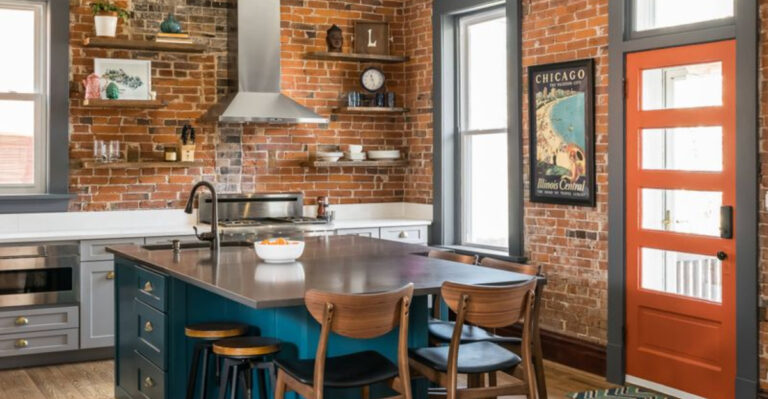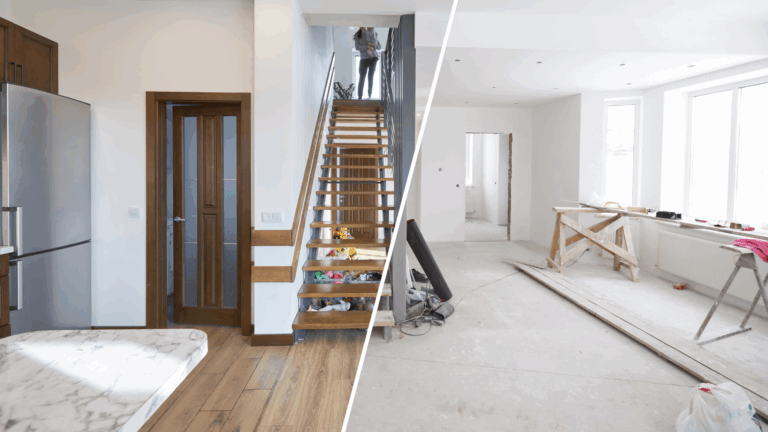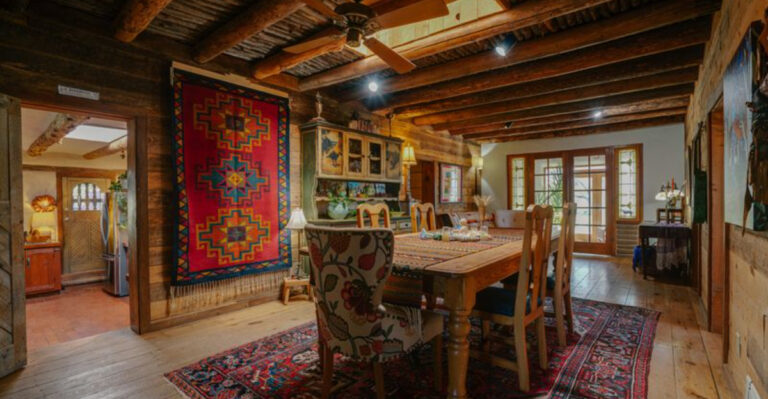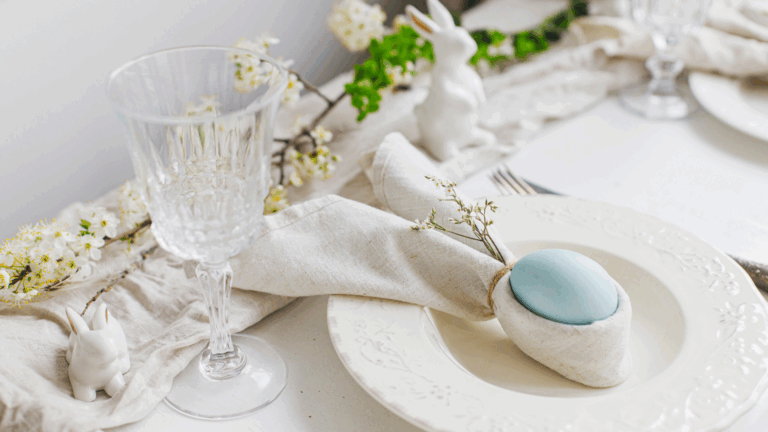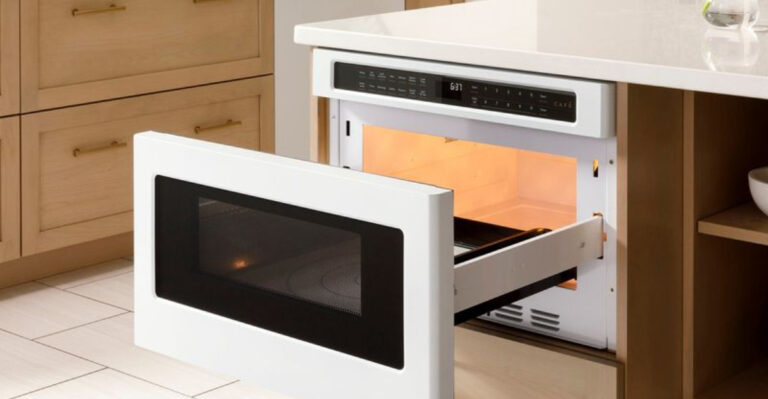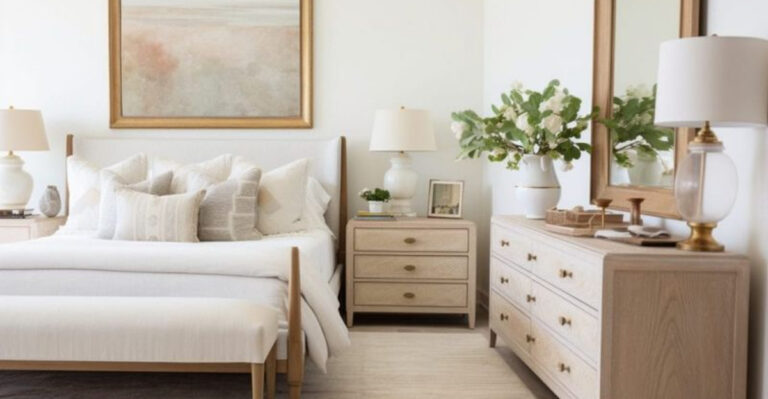20 Tips To Make A Spa-Like Home
Wouldn’t it be nice to come home to a space that feels like your own personal spa? You don’t need to spend a lot of money or do a major renovation to create a relaxing atmosphere at home.
Simple changes, like adding soothing scents, soft lighting, or a few cozy touches, can make all the difference. With just a few adjustments, your living space can become a peaceful retreat where you can unwind and feel comfortable.
It’s about making small choices that focus on relaxation, so your home can be a true place of rest.
1. Calming Color Palette
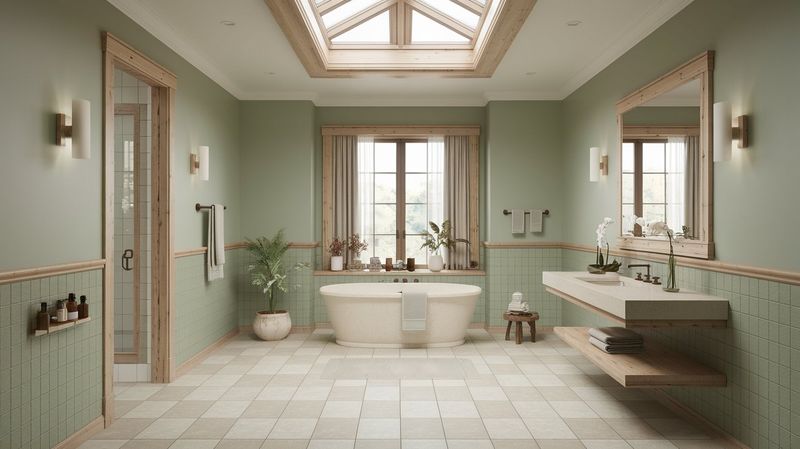
Soft blues, gentle greens, and neutral tones work wonders for your walls and furniture. These colors naturally lower blood pressure and slow breathing. Hey, science backs this up!
Forget bold reds or energetic yellows in your relaxation zones. Soft colors fool your brain into thinking you’re in a professional spa setting.
Nature-inspired hues bring the outdoors in, connecting you with natural serenity.
2. Plush Towel Collection

Nothing says “spa day” like wrapping yourself in a cloud-soft towel after bathing. Spring for the good stuff here, folks. Those budget towels might save pennies but cost you the full experience.
Look for towels with high GSM (that’s gram per square meter, the fancy way of saying “thickness”). White towels give that classic spa vibe, though soft neutrals work too.
Rolling them instead of folding creates that upscale spa display your guests will notice.
3. Mindful Lighting Choices
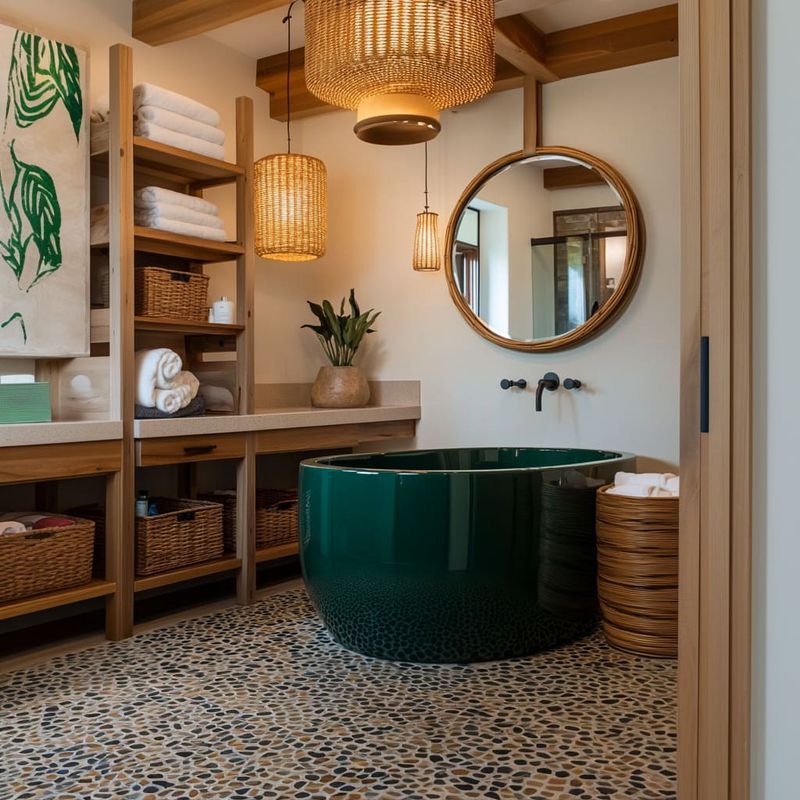
There’s nothing relaxing about harsh overhead lighting blasting your eyeballs. Swap those fluorescent nightmares for warm, dimmable options throughout your home.
Layer your lighting with floor lamps, table lamps, and wall sconces at varying heights. Himalayan salt lamps add that special glow while supposedly cleaning your air.
String lights aren’t just for dorm rooms, they create magical ambiance when tastefully draped in bathrooms or bedrooms.
4. Signature Scent Strategy
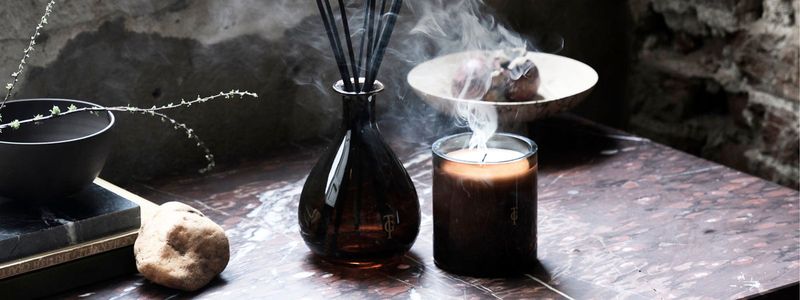
Your nose knows what relaxes you! Find your perfect calming scent and make it your home’s signature. Lavender promotes sleep, while eucalyptus clears sinuses and minds.
Switch up scent delivery methods throughout your space. Reed diffusers work quietly in bathrooms, while essential oil diffusers add humidity and fragrance to living areas.
Fresh herbs in the kitchen provide natural aromatherapy. Sometimes simple solutions like simmering cinnamon sticks create that spa-worthy atmosphere.
5. Luxurious Shower Updates
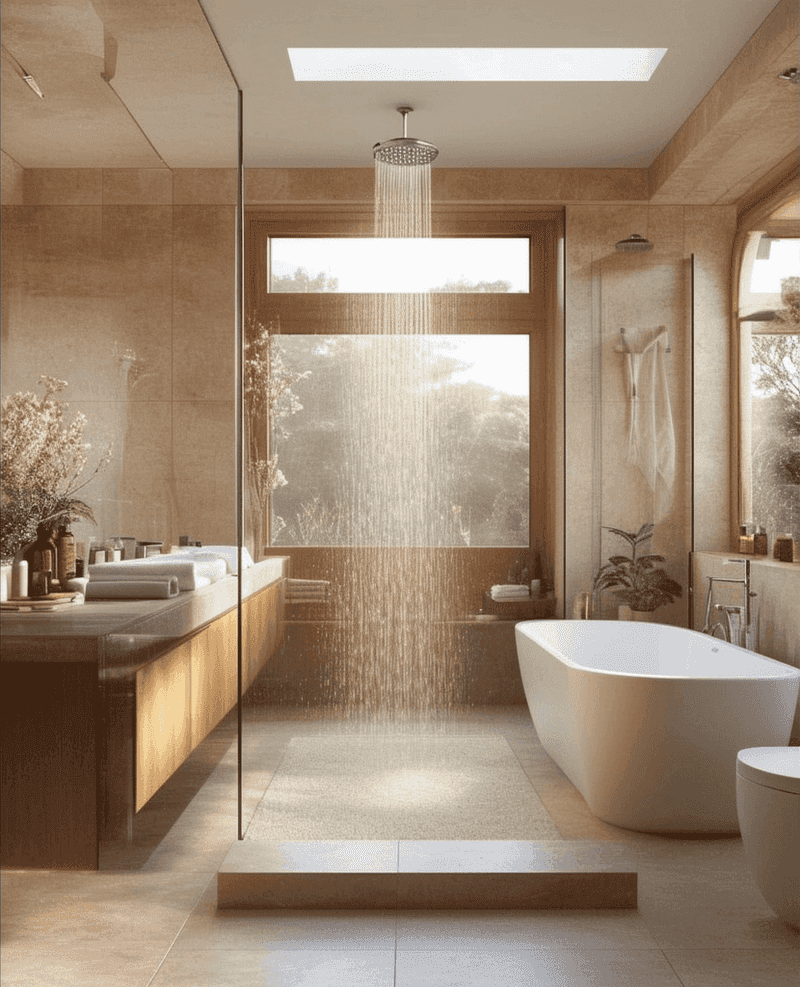
Your shower routine deserves an upgrade! A rainfall showerhead transforms ordinary bathing into a waterfall experience. These babies aren’t as expensive as you might think.
Add a shower filter if you live somewhere with hard water. Your skin and hair will thank you. Eucalyptus bundles hanging from your showerhead release therapeutic oils when they get steamy.
Bamboo shower benches bring that spa seating experience home while giving you a place for shower products.
6. Sound Therapy System
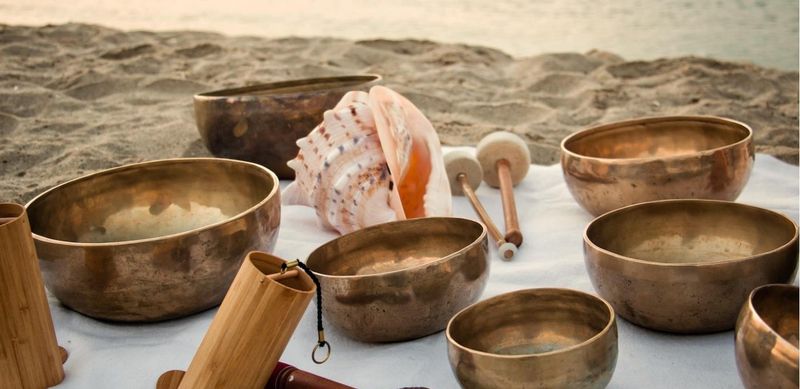
If your neighbors’ arguments provide your home’s soundtrack, it’s time for an audio intervention. Background noise shapes our mood more than we realize.
Small bluetooth speakers hidden throughout your home can play gentle nature sounds or instrumental tracks. Apps like Calm or Spotify have dedicated spa playlists.
Wind chimes near open windows bring unpredictable melody indoors. Sound machines aren’t just for babies, they’re game-changers for creating consistent ambient noise in any room.
7. Strategic Plant Placement
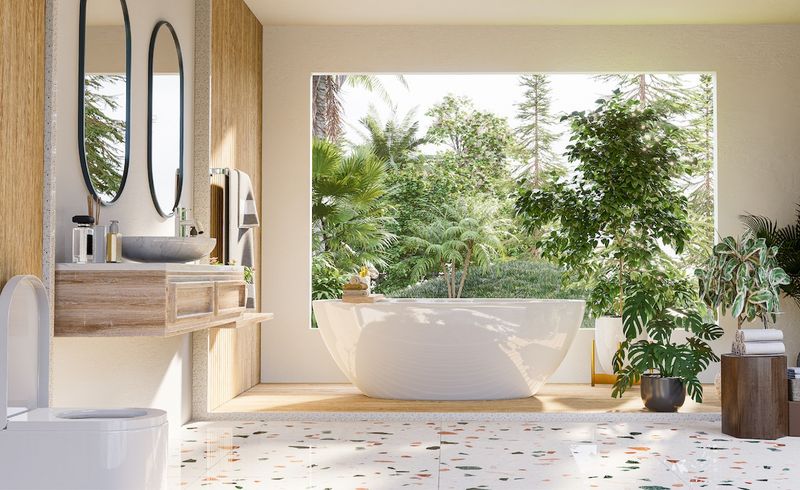
Plants aren’t just pretty faces, they’re working hard to clean your air! NASA studies show certain varieties actually filter toxins while pumping out oxygen.
Snake plants thrive in bathrooms with minimal light while purifying the air. Aloe vera doubles as a healing station for minor burns. Hanging eucalyptus in steamy shower areas releases natural oils into the air.
Some folks think plants just mean more chores, but low-maintenance varieties like ZZ plants require watering just once monthly.
8. Clutter-Free Zones
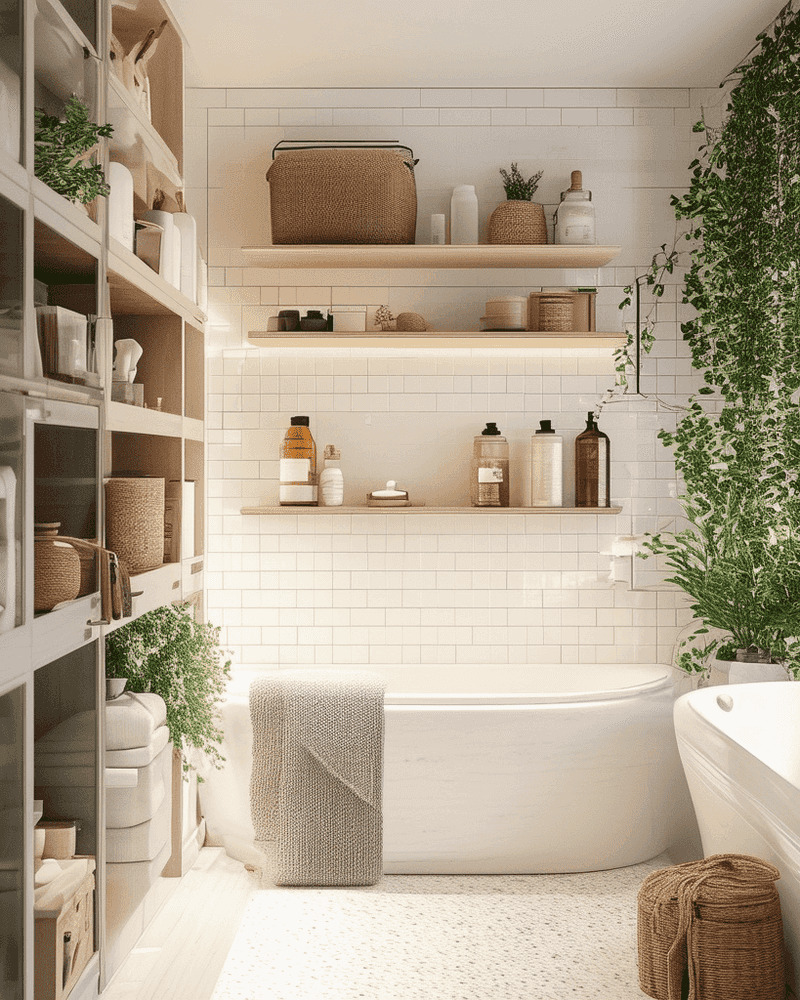
Messiness messes with your mind, literally. Research shows visual clutter increases stress hormones. When was the last time you saw piles of random stuff at a luxury spa?
Start small by clearing one surface completely. Experience how good that feels, then tackle another area. Pretty baskets hide necessary items while maintaining the aesthetic.
Closed storage is your friend for bathrooms and bedrooms. Remember, minimalism isn’t about owning nothing, it’s about owning things that matter.
9. Bathtub Transformation Station

Your tub deserves more than just cleaning dirty kids and pets! Wooden bath trays hold books, wine glasses, and candles safely above water. Game changer!
Bath pillows support your neck during long soaks. Epsom salts aren’t just for athletes, they ease everyone’s muscle tension while detoxifying.
Bubble bath gets a grown-up makeover with essential oil-infused varieties. Those fancy bath bombs aren’t just for Instagram, they genuinely transform ordinary water into silky, aromatic therapy.
10. Cozy Textile Layers

Bare floors and hard surfaces make spaces feel clinical, not spa-like. Softness underfoot changes everything about how a room feels.
Layering starts with a plush area rug, then add throw blankets in varying textures. Memory foam bath mats eliminate that shocking cold tile feeling.
Linen curtains filter light beautifully while maintaining privacy. Cotton and bamboo fabrics breathe better than synthetics, keeping you comfortable year-round.
11. Mindful Tech Boundaries
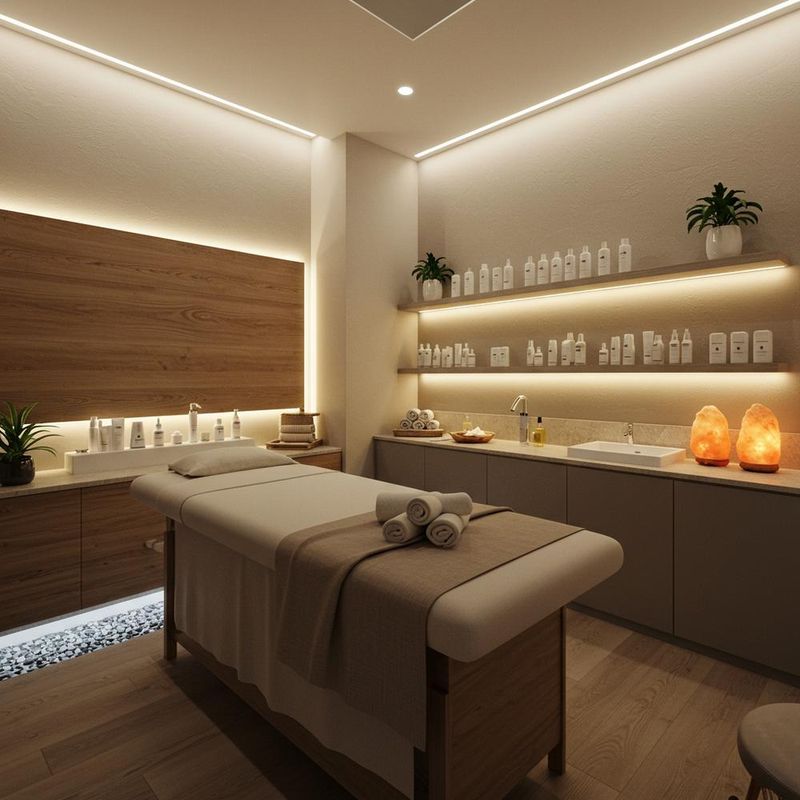
Spas limit technology for good reason! The constant ping of notifications keeps your brain in fight-or-flight mode. Your relaxation deserves better.
Create tech-free zones in bedrooms and bathrooms with simple baskets where devices go when you enter. Alarm clocks replace phones by beds for better sleep hygiene.
WiFi timers can automatically cut internet access during designated relaxation hours. Your emails will wait while you soak in that tub, promise!
12. Water Feature Focus
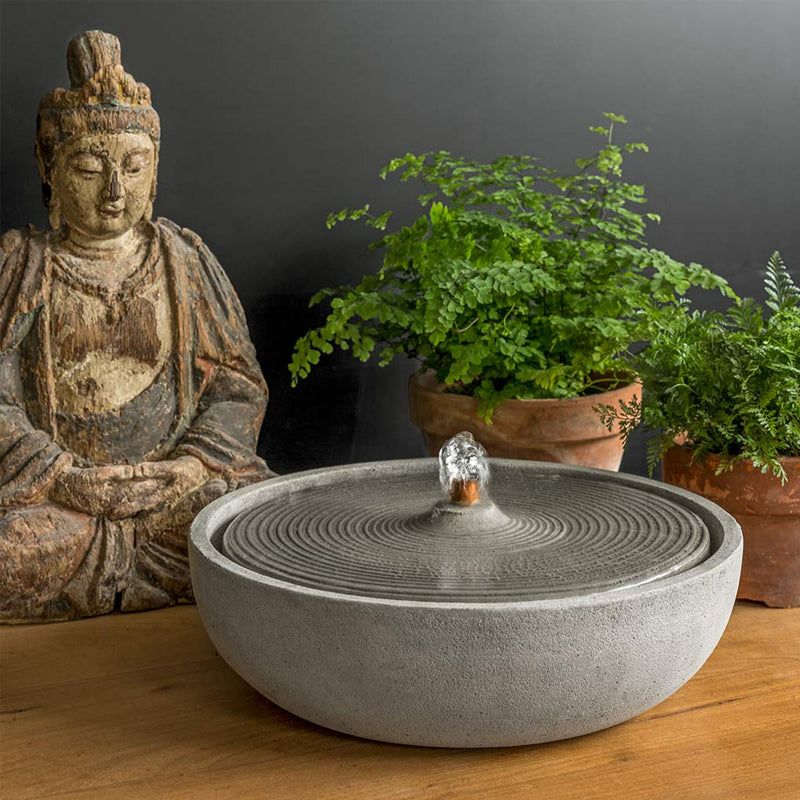
The sound of flowing water triggers an immediate relaxation response in most humans. Even small fountains pack a powerful psychological punch.
Tabletop fountains work well in living areas or home offices. Wall-mounted water features save precious floor space. For the ambitious, outdoor fountain installations become focal points visible from windows.
Some clever folks use small aquariums with gentle filters for the dual benefits of water sounds and watching fish swim.
13. Natural Material Selection
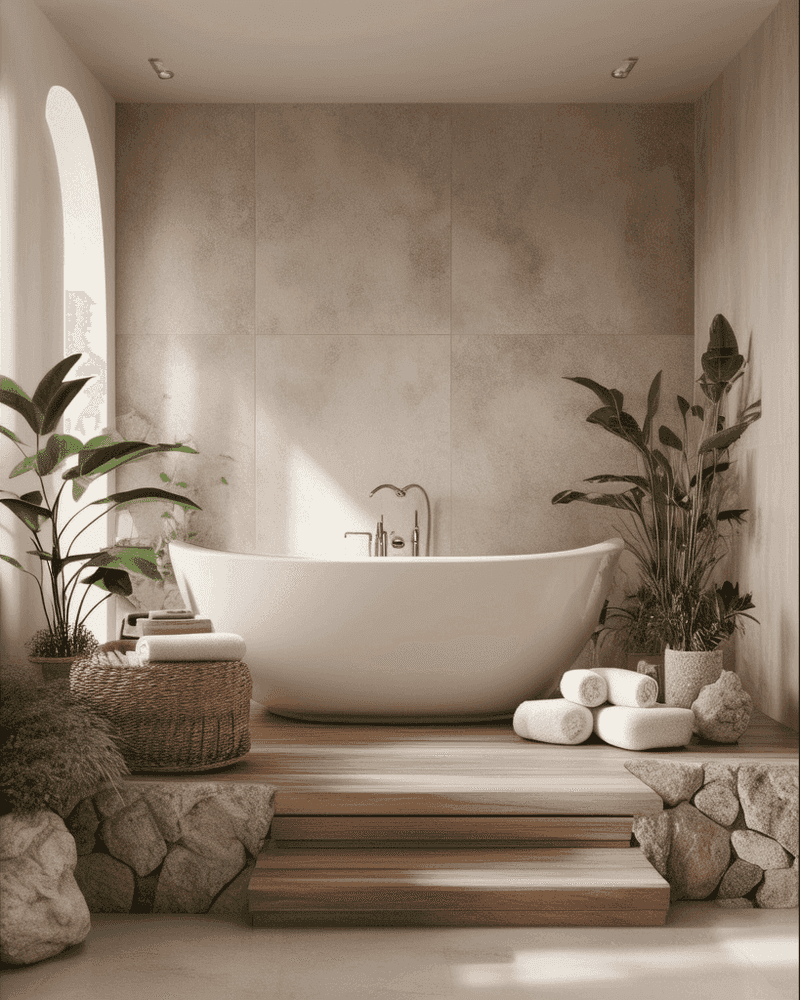
Synthetic materials bombard us everywhere outside our homes. Your personal sanctuary deserves better!
Bamboo organizers replace plastic in bathrooms and kitchens.
Wood elements bring warmth to any space. Stone accessories like soap dishes and coasters add earthy texture. Jute rugs feel amazing underfoot while looking naturally elegant.
Cotton and linen textiles breathe better than polyester blends, keeping you comfortable through seasonal changes.
14. Meditation Corner Creation
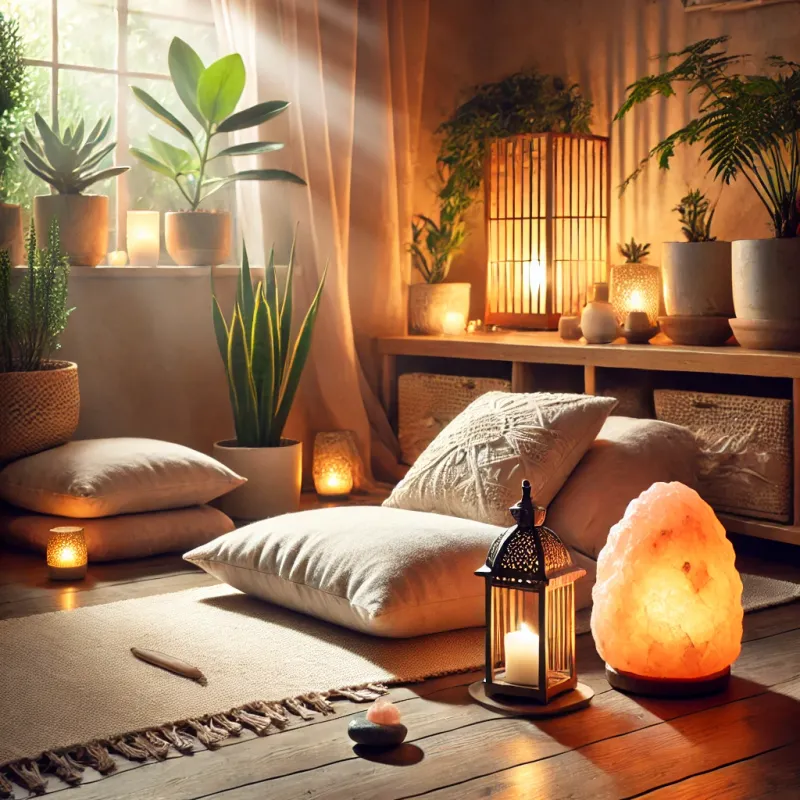
Even tiny homes have room for a dedicated relaxation spot! Find an unused corner and transform it into your daily mental escape pod.
Floor pillows or a small comfortable chair form the foundation. Add a small side table for tea or meditation tools. Sound machines or small speakers provide ambient noise.
A small shelf holds inspirational books or meaningful objects. This space doesn’t need to be Instagram-worthy, just personally meaningful to you.
15. Bathroom Product Upgrade
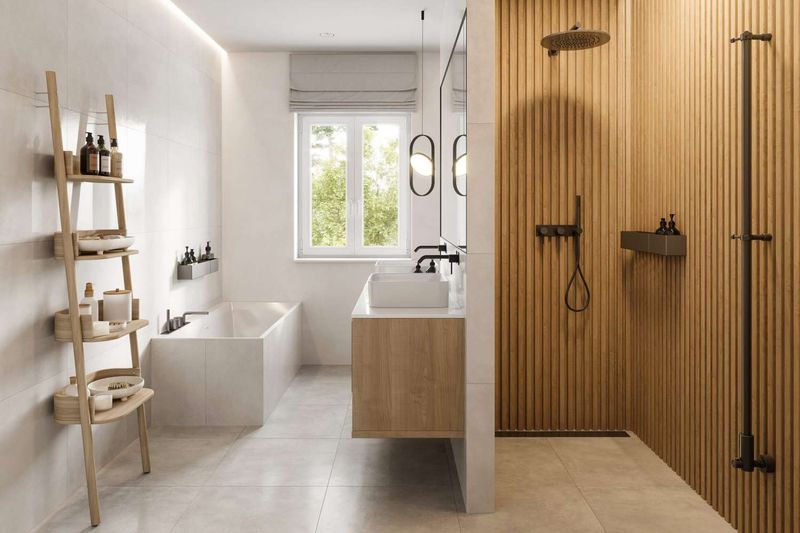
Those mismatched plastic bottles from the drugstore? They’re ruining your spa vibe! Glass or ceramic dispensers instantly elevate your shower and counter experience.
Matching soap dispensers, toothbrush holders, and storage containers create visual harmony. Natural loofahs and wooden brushes replace plastic versions.
Bamboo toothbrushes make even dental hygiene feel spa-like. Clear glass containers filled with cotton balls, bath salts, or soap create that high-end spa display effect.
16. Bedding Layer Luxury
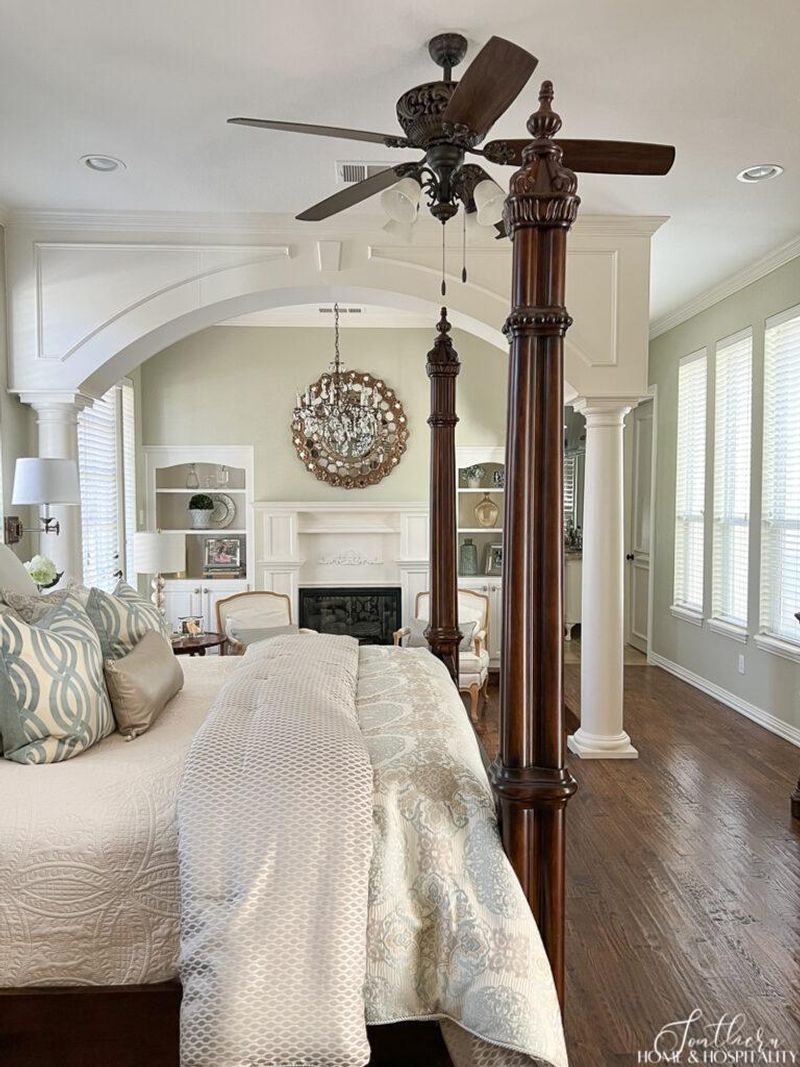
We spend roughly a third of our lives in bed! Your sleep sanctuary deserves the same attention spas give their treatment rooms.
High thread count sheets actually make a difference you can feel. Mattress toppers add cloud-like softness to firm beds. Multiple pillow options accommodate different sleep positions.
Weighted blankets provide that comforting pressure therapy. Temperature-regulating bedding keeps you comfortable year-round, just like those perfectly climate-controlled spa rooms.
17. Mindful Color Psychology

Colors affect our mood more than most people realize! Spas choose their palettes based on psychological research, not just trends.
Blues lower blood pressure and heart rate, making them ideal for bedrooms. Greens connect us with nature and reduce anxiety. Soft lavenders promote relaxation without being too feminine.
Warm neutrals like taupe and soft beige create backgrounds that don’t compete for attention. Your walls are huge mood influencers, choose their colors wisely!
18. Seasonal Scent Rotation
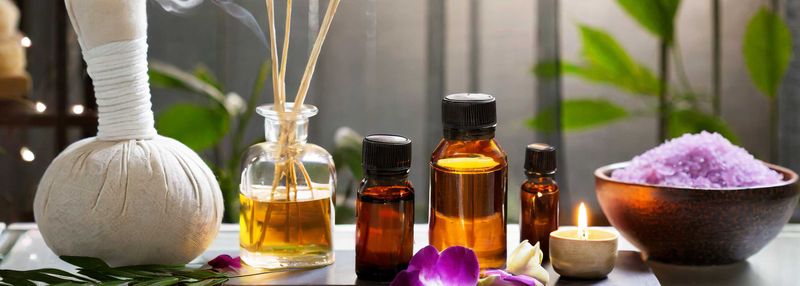
Your nose gets bored! Scent fatigue is real, which is why rotating your home fragrance keeps the spa-like experience fresh and noticeable.
Citrus and mint energize spring cleaning sessions. Lavender and chamomile calm summer evenings. Cinnamon and vanilla warm fall gatherings. Eucalyptus and pine refresh winter months.
Creating seasonal scent traditions connects your home to natural cycles. Your brain forms powerful memories around smells, so intentionally creating scent memories enhances your home experience.
19. Nighttime Ritual Creation
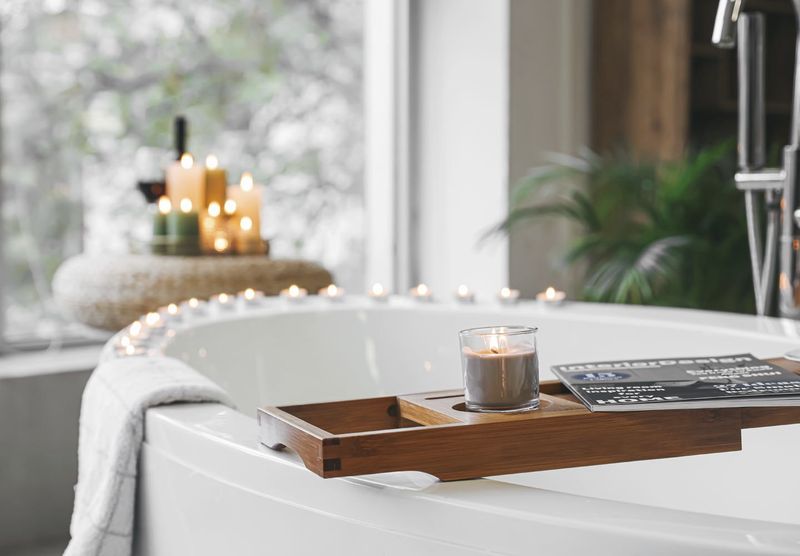
Spas excel at creating rituals, not just providing services. Your evening routine deserves the same intentional design.
Dedicate 20 minutes before bed to unwinding properly. Dim lights signal your brain that sleep approaches. Herbal tea becomes your transition beverage. A short stretching routine releases physical tension.
Skincare steps feel therapeutic, not like chores. Consistency matters more than complexity, so simple rituals you actually complete beat elaborate ones you skip.
20. Intentional Negative Space
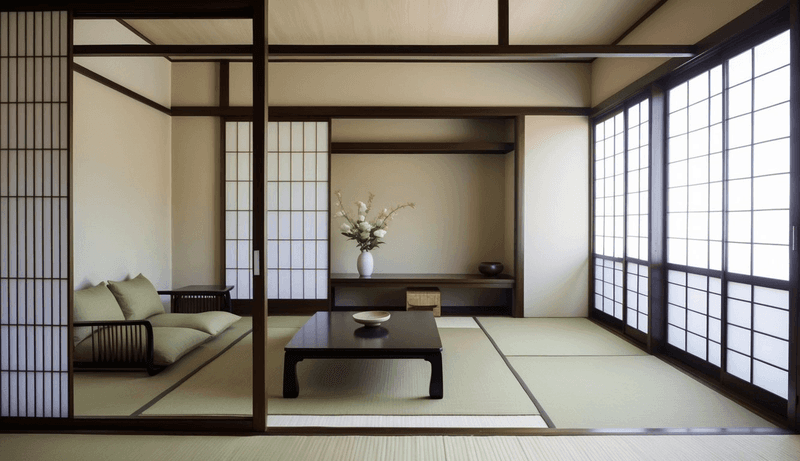
Empty space isn’t wasted space! Professional spas understand that visual breathing room creates mental breathing room.
Resist filling every shelf and surface just because you can. Allow some walls to remain artwork-free. Create intentional empty spaces on countertops and tables.
Japanese design principles celebrate negative space as essential to harmony. Your eyes need rest stops when scanning a room, just as your mind needs pauses between thoughts.


